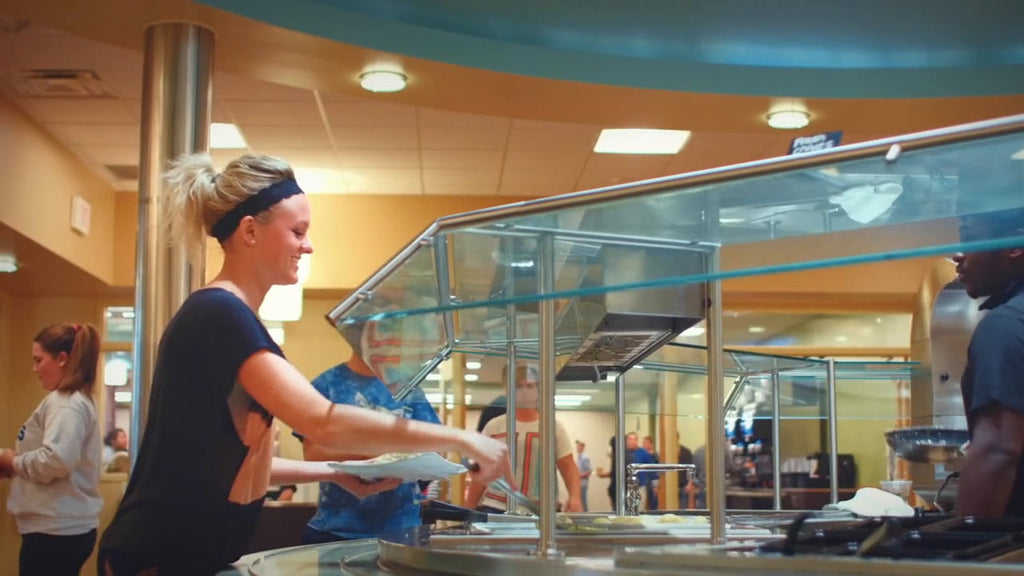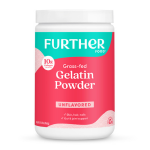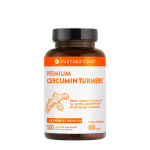- Potatoes and sweet potatoes (I eat so many potatoes it’s not even funny)
- Chicken (avoid anything too spicy)
- Fish (especially salmon)
- Cooked vegetables (much easier to digest)
- Soft fruits (bananas or even applesauce)
- Rice (very easy to digest)
- Yogurt, if you can handle dairy (or your school may have dairy-free options)
5 Hacks for Making Your College Dining Hall Crohn’s-Friendly

Managing a balanced diet is no easy task. Throw Crohn’s disease into the mix and it’s even harder. Now imagine eating most of your meals at a dining hall where you have no control over the menu. That’s the life of college students living with Crohn’s, IBD, or similar digestive conditions. You might say it’s impossible, to forget about it. How do you manage your symptoms when you can’t control what you have to eat? You’ll be better off making meals on your own.
But what if your school requires students to have a meal plan while living on campus, and your dorm doesn’t have a kitchen? Well, if you have a meal plan you might as well get your money’s worth, so I say work the system! It’s easier than you think to create a plate that will satisfy your taste buds without setting off your Crohn’s. What you’ll need: an understanding of your body and a little creativity.
1. Survey the stations. There’s no “Crohn’s” section in dining halls, but any area that’s clearly labeled dairy-free (or vegan), gluten-free, or void of anything else that you’ve found can trigger symptoms is a good place to start. Personally, I’ve found that dairy and wheat, especially whole wheat, can irritate my Crohn’s. I’m lucky that most of my school’s dining halls have both gluten-free and vegan sections. However small they are, it’s good to have. If you can’t find these sections in your dining hall, ask around before you cross it off the list. At my school, the dining halls keep some gluten-free stuff in the back.
2. Keep track of what the regular dishes are. You won’t want to have the same thing every day, but it’s good to find something that’s available all the time so you have something to fall back on. For me, the chicken parmesan is a safe bet (it’s not too spicy and I can scrape off the cheese), and the dining hall always has it. Take note of what’s there every day. Is there a soup bar? A pasta bar? A sandwich bar? Ladle out some soup, scoop some pasta, or make a sandwich and that’s lunch!
3. Once you have a dish or two that are readily available, check out the meal schedules. Dining halls rotate foods depending on the day. At my school, there’s chicken tenders every Thursday. Some foods might appear more randomly (I can never predict when tater tot day is), but most schools have a schedule online. It might be a good idea to check the schedule ahead of time, especially if you’re in the middle of a flare and need to take extra care of what you eat.
4. Be on the lookout for “safe” options. Here’s a list of things that, in my experience, are gut-friendly:
Note: PLEASE consult with your doctor before making any changes to your diet or medications. The material on this site is provided for educational purposes only, and is not to be used for medical advice, diagnosis or treatment.
























